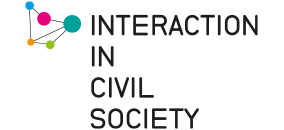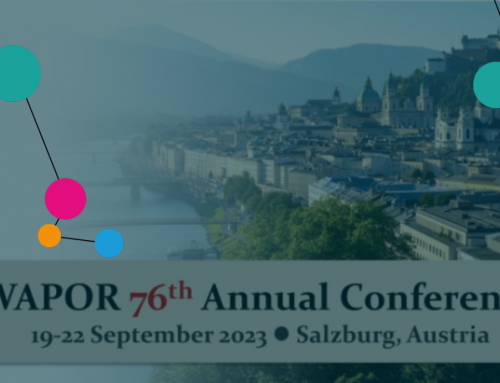The Rhetoric of Solidarity

The paper “The Rhetoric of Solidarity: Nature and Measurement of Social Cohesion in the Self‑representation of Civil Society Organizations” was published in the October issue of Social Indicators Research. Our WP3 team – Rico Neumann, Barbara Pfetsch, Swen Hutter, Simon Koschut, David Schieferdecker and Jule Specht, with the research assistance of Paul Fuchs and Isabel Pinkowski – collaborated through its different stages.
Previously, early findings from the paper had been presented at the Berlin University Alliance’s (BUA) social cohesion conference in May 2022. It was later discussed at the Frontiers of Civil Society Research workshop held at the WZB, the annual meeting of the World Association of Public Opinion Research (WAPOR) in Dubai, and, most recently, the annual conference of the International Communication Association (ICA) in Toronto, Canada (see also here).
The importance of Civil Society Organizations (CSOs)
In the current political climate, research on civil society becomes more and more prevalent. The rise in polarization may be threatening democratic values around the globe and widens divides within society and across communities. Finding a suitable way to accurately measure the meaning of cohesion throughout different societal actors, specifically within civil society organizations (CSOs), is one of our project’s goals.
Cohesion has become an important part of public debates. How CSOs view and articulate social cohesion is an integral step to better understanding the different ways in which social cohesion is understood and practiced across organizations.
The paper follows Dragolov et al.’s conceptualization of spheres of social cohesion, consisting of social relations, connectedness, and orientation toward the common good. The novelty of the study is twofold. First, it is one of the first attempts to operationalize social cohesion at the level of texts, breaking the three dimensions down into more than a dozen empirical indicators. Second, combining organizational survey data with a systematic content analysis of the websites of nearly 800 different German CSOs, the team examined how certain organizational characteristics might influence the framing of social cohesion as part of their self-representation online.
How is Social Cohesion articulated?
The figure below shows some descriptive findings of the study, emphasizing the large variance in how German CSOs articulate different aspects of social cohesion. A closer look reveals that higher scores can often be attributed to references towards groups defined by age, gender, and sexual orientation (left-hand side), references to networks of other civil society actors and different geographical levels (middle), and references to forms of solidarity expression and civic engagement (right-hand side).

As the research inspected the specific characteristics of these organizations, they found that cultural, media-related and sports-related CSOs showed the lowest scores in mentioning aspects of social cohesion on their websites. In contrast, more politically active CSOs, like those focused on marginalized groups, define themselves stronger through their understanding of social cohesion. These latter groups also show a higher professionalism, suggesting that referencing social cohesion might legitimize these groups’ political and social purposes.
As of now, the paper fills an important gap in the current organizational communication and civil society literature. The full article, published with open access, can be read here.




